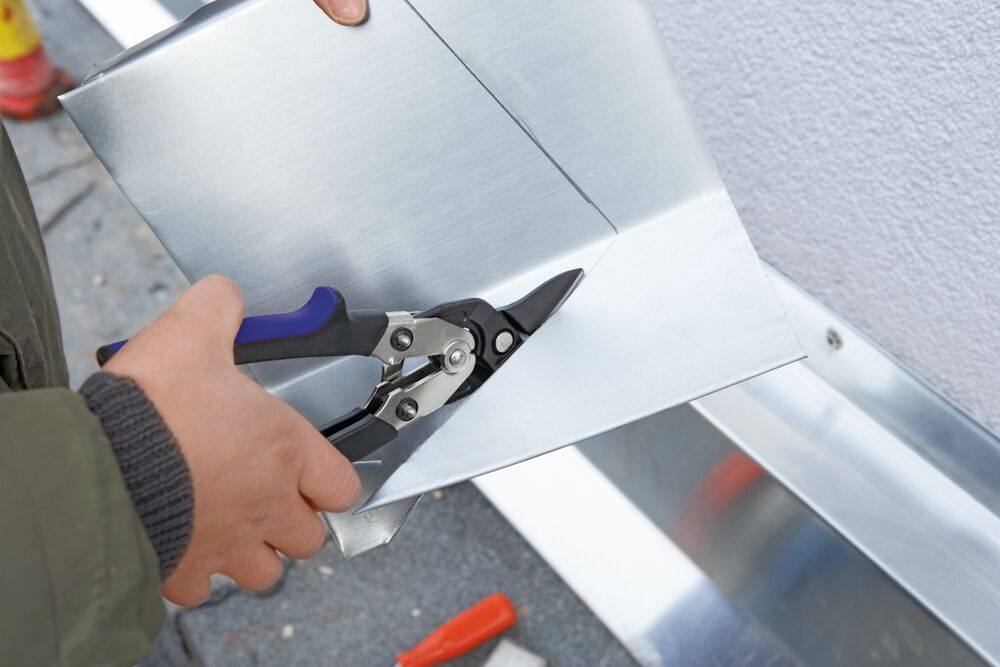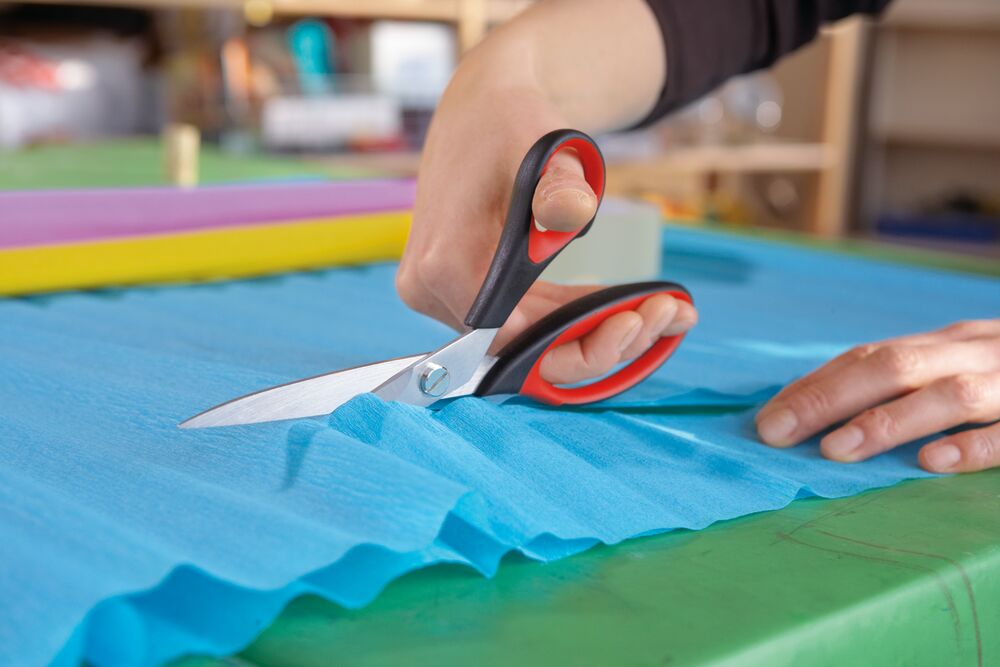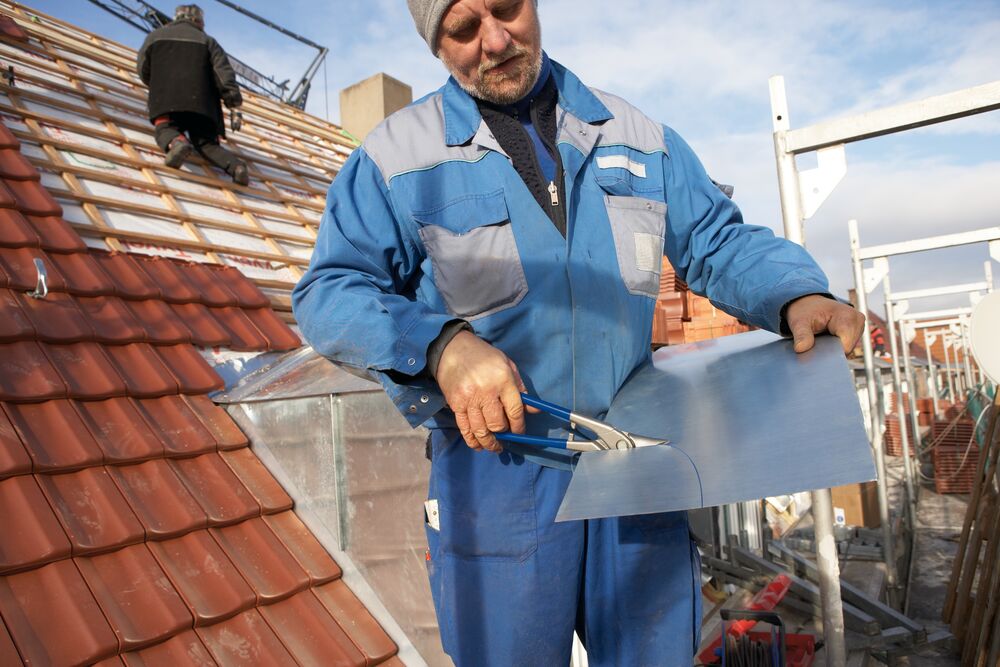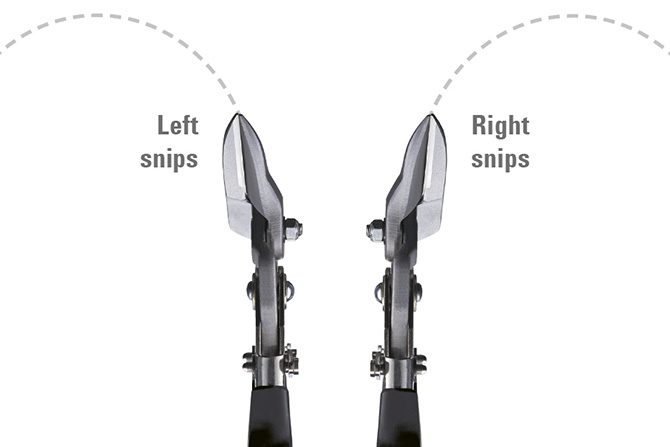Precíz vágáshoz készült: professzionális szerszámok fémhez, lemezhez és egyebekhez
Éles. Robusztus. Professzionális felhasználók számára kifejlesztve, akik nap mint nap precíziós munkát végeznek.
Legyen szó fémlemezről, alumíniumról vagy finom anyagokról – a vágástechnika területén minden vágás számít. A BESSEY ehhez intelligens megoldásokat kínál: a robusztus lemezollóktól és sokoldalú kombinált ollóktól a maximális erőhatást biztosító emelőkaros modelleken át a precíz vágókésekig és a praktikus multiszerszámokig. Szerszámaink a kemény műhely- és építkezési mindennapokhoz lettek tervezve – és könnyebbé, gyorsabbá és pontosabbá teszik a munkádat.
Ha milliméterre pontos eredményekre és tiszta vágási élekre van szükség a vágás során, akkor a BESSEY-re számíthat. Vágószerszámaink nagy teljesítményt nyújtanak kis erőfeszítéssel – ideálisak a fémipari szakemberek, a lakatosok vagy a precíz háztartási munkákhoz. Részletekig átgondoltak, tartósak és tökéletesen igazodnak az Ön igényeihez. Így hatékonyabban, biztonságosabban és valódi professzionális szerszámokkal dolgozhat, amelyek tartják, amit ígérnek.
További vágástechnikai termékek
A felhasználók véleménye termékeinkről
„Imádom a BESSEY kézi fémvágó ollókat! A képzésem óta nem szeretnék mással vágni. Pontosak és mindenekelőtt kényelmesek a kézben.”
Mitsch
Flaschner







